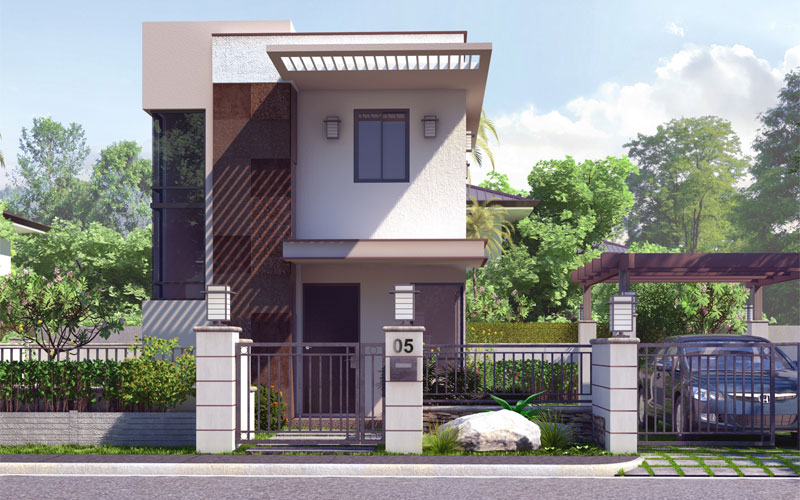Williamsburg is a neighborhood in Brooklyn, New York, which borders Greenpoint to the north, Bedford, Stuyvesant to the south, Bushwick and Ridgewood, Queens to the east, and the East River to the west. The neighborhood is part of brooklyn Community Board 1. The neighborhood is served by the 90th District of the New York Police Department (NYPD). The southern and western parts of the district with the 33rd district are represented on the city council; and the eastern part of the district is represented by the 34th district.
 Williamsburg is an influential hub for indie rock, hipster culture and the local art scene. Several ethnic groups also have enclaves in Williamsburg, including Italians, Puerto Ricans, Jews, and Dominicans. The neighborhood is being redefined by a growing population, and the rapid development of residential and retail space is aimed primarily at a wealthy population that has historically been alien to the neighborhood.
Williamsburg is an influential hub for indie rock, hipster culture and the local art scene. Several ethnic groups also have enclaves in Williamsburg, including Italians, Puerto Ricans, Jews, and Dominicans. The neighborhood is being redefined by a growing population, and the rapid development of residential and retail space is aimed primarily at a wealthy population that has historically been alien to the neighborhood.
Williamsburg, the neighborhood that stretches from the Williamsburg Bridge to Flushing and Bushwick Avenues, has a huge polygllote population. Here, with the construction of Williamsburg Houses in 1936-1937, a PWA construction project began Brooklyn’s first experiment in large-scale low-rent housing.
Williamsburg Houses, Scholes Street to Maujer Street, Leonard Street down to Bushwick Avenue, is the largest slum evacuation and low-rent housing project under the Federal Housing Program (1939). Built at a cost of about 12,800,000 U.S. dollars, the development includes twenty apartment buildings, four storeys high, space for 1,622 low-income families, about six (6) thousand people.
The buildings, which occupy about 30 percent of the gross area, are grouped into four (4) superblocks, which are formed by the closure of two (2) throughroads for traffic. Three (3) blocks each have six (6) multi-family houses; The others include two houses, the new William J. Gaynor Junior High School, a playground and a park. The individually designed buildings are of refractory construction with standard concrete floors. Color offers much of its charm yellow ochre brick, blue-grey terracotta between the windows, grey cement, light blue doors and dark blue shop front parapets. All apartments, two to five rooms, are equipped with refrigerators, electric stoves and modern sanitary facilities and are supplied with steam heat, cold and hot water. The living room of a classic apartment has a floor area of 150 square meters; the bedroom, 120 and the kitchen, 75.
Williamsburg Houses are controlled and managed by the New York City Housing Authority. Tenants are selected on the basis of income and the need for better housing. The cultural activities are observed in the social and craft rooms of the project and in the community centre of the gymnasium. The authority provides enough space for courses for mothers in psychology and childcare, men’s and women’s clubs, a tenant council, a cheerful club and youth groups, but these activities are initiated and also carried out by the tenants themselves. It was then explained that the Williamsburg development offers more of the services of good housing than many expensive Park Avenue apartments.





